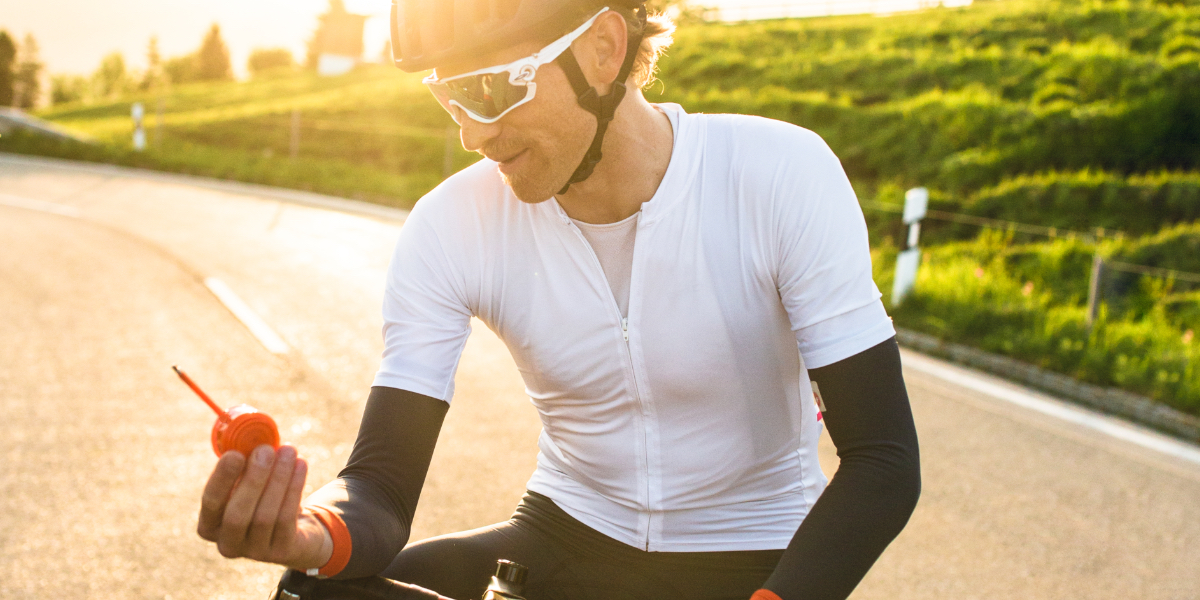I am still in the middle of my Tannus experiments on several bikes. Installation ease ranges from 'easy' to 'nightmare' depending on the combination of tire size, rim width and tube. I have had no flats since installation but
@Alaskan points out one of the two ways to eliminate flats. The other one is to never ride the bike. So a flat is in my future the only question is how far I can push the occurrence off.
The strategy for that has to be multi-pronged. Just before I started using Tannus, I also started using a sealant called FlatOut in their Sportsman formula. Think of it as Slime 2.0 for tubed tires. Its advertised as good for a 1/2" wide hole and the one time it came into play it sealed a hole from a horribly jagged/wide piece of metal. I queried the manufacturer about using it as a tubeless sealant and while they had no experience with it, they agreed there was no reason why it should not work. And it does so splendidly. Even more so after it sealed a catastrophic rollover of a strip -
a strip! - of roofing nails. Stans or Orange Seal are great for thorns but they can't handle big holes. FlatOut pretty much can and its all I use for tubeless or tubed tires now.
Integral to those successes was the ability to put air back into the tire faster than it was coming out, as well as replacing what had been lost. I have done the Lezyne portable fat pump, which is a wonder but apparently no longer made. Also 25g co2 cartridges - of which a few are needed per individual reinflation on my Surly Big Fat Dummy's 26x4.8 tires. But the real star is the modern portable battery-powered air compressor, which lets you refill on the fly. I use a pump I connect to my ebike battery that connects to both Presta or Schraeder. Its a freaking miracle advance in tech on two wheels.
So on my tubed wheels, I use a tire with a belt if I can get one, Tannus underneath, a thorn-resistant tube under that and inside... FlatOut is the last, inner line of defense. Yeah thats heavy but I ride for utility and transportation for the most part. On the Surly, its just Vee Snowshoes, no tubes and FlatOut inside.
As for hand pumps, this one is equivalent to the Lezyne hi-volume pump linked above, which I also own, but has a better T handle
Amazon.com : Mini Floor Bike Pump, Super Fast Tire Inflation, Secure Presta and Schrader Valve Connection. High Pressure Bicycle Pump with Stabilizing Foot Peg for Road, Mountain, Touring, Hybrid and Fat Tires : Sports & Outdoors
amzn.to

